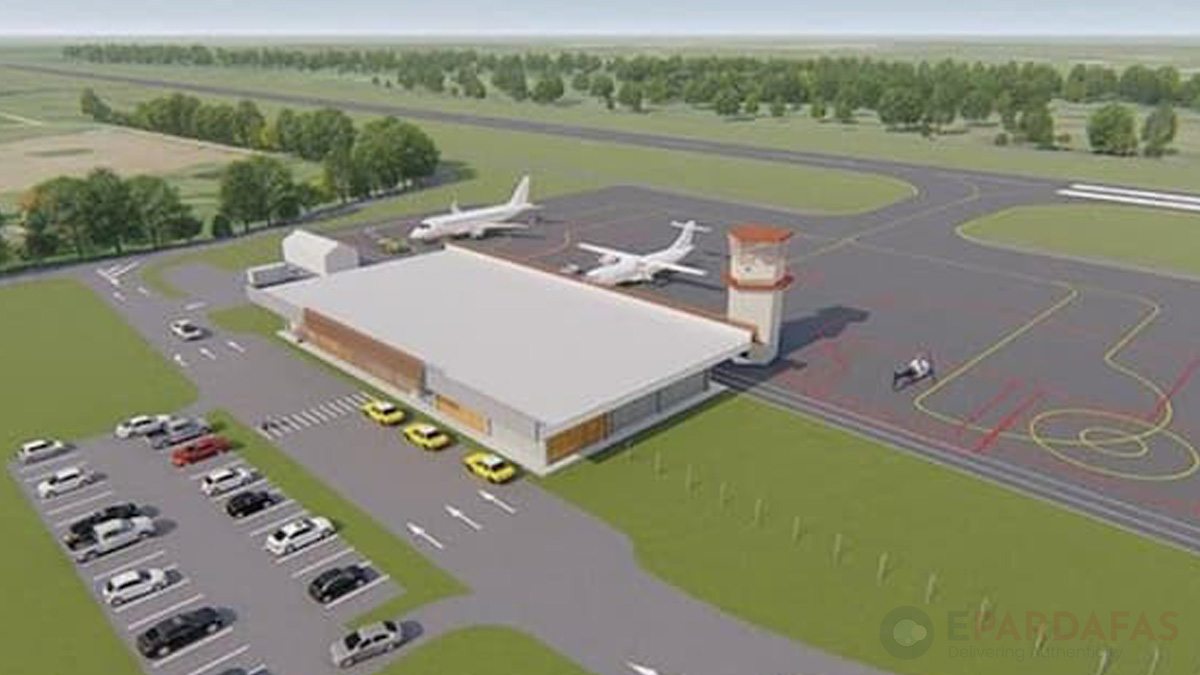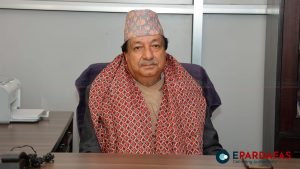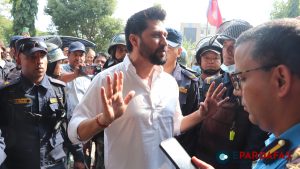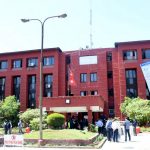
Cambodia’s Airport Projects Face Uncertainty Amidst Waning Chinese Investment
Residents Displaced as Economic Viability of Projects Questioned
In Cambodia’s Mondulkiri province, where lush forests and indigenous communities once thrived, the landscape now bears the scars of halted progress. Amidst razed farmlands, concrete fence posts stand as silent witnesses to the ambitious plans for an airport that may never materialize.
For years, the proposed airport in Mondulkiri has symbolized grand aspirations for development. However, with a sparse population and limited tourist appeal, skeptics question the rationale behind such a costly endeavor in this remote region. Compounding the uncertainty, a major Chinese financier has withdrawn support from the project, leaving its future hanging in the balance since its announcement in 2019.
The Mondulkiri venture is not an isolated case. Across Cambodia, similar airport projects, funded primarily by Chinese investors as part of the Belt and Road Initiative (BRI), are facing setbacks. The cooling of Chinese investment coupled with the stagnation of tourism post-pandemic has cast doubt on the economic viability of these ventures.
Analysts speculate that political motivations often overshadow economic considerations in Cambodia’s infrastructure projects, particularly those financed by China. Despite receiving billions of dollars in BRI investments, the true returns on these projects remain uncertain.
Even the recently inaugurated $1.1 billion airport in Siem Reap, billed as a flagship BRI project, has failed to revive tourism to pre-pandemic levels. With just 1.86 million foreign tourist arrivals across all major airports in 2023, the outlook for new airports, such as the one in Mondulkiri, appears bleak.
The withdrawal of Power China from the Mondulkiri airport deal in 2022 dealt a severe blow to the project’s prospects. While Cambodian authorities seek alternative funding, local communities have borne the brunt of the stalled development, facing displacement and land disputes.
Similar tensions surround proposed airports in other regions, including Koh Rong, where indigenous villagers allege forced evictions by developers. Despite government assurances of economic benefits, these projects have sparked social unrest and accusations of land grabs.
As Cambodia grapples with the fallout of halted airport projects, the plight of affected communities underscores the complex interplay between economic ambitions, political interests, and local livelihoods. Amidst the uncertainties, the future of these ventures remains uncertain, leaving displaced residents in limbo and casting a shadow over Cambodia’s development trajectory.
Input from Nikki Asia













Comments